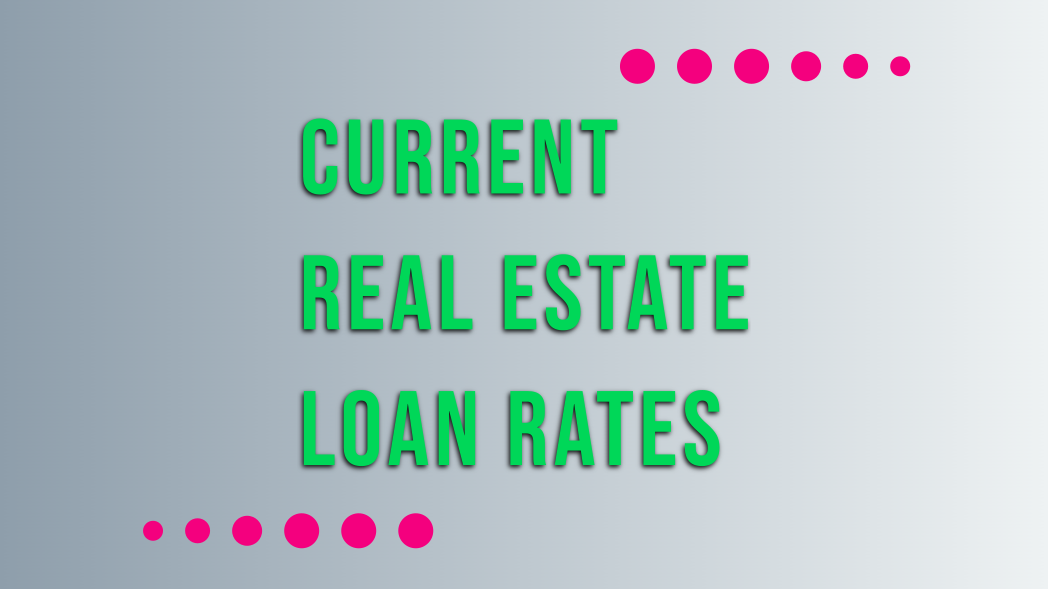The market is changing fast. Here’s an update on current real estate loan rates and other charges for bridge loans.
There are 3 main types of bridge loan lenders: banks, capital funds/hedge funds, and local hard money lenders.
But the market has changed. Here’s a glimpse into what you can expect for the next few months:
Current Real Estate Loan Rates and Other Info
Current Real Estate Loan Rates
Banks – Interest rates average around 6% to 6.5% for banks.
Capital Funds – Expect 10% to 12% interest rates for hedge fund bridge loans right now.
Hard Money – Hard money interest rates are about the same as cap funds, around 10% to 12%, but with a bit more flexibility.
Points for a Current Real Estate Loan
Banks – Banks have the cheapest money, at 1 to 1.5 points. Smaller banks tend to charge more in origination fees than national banks.
Capital Funds – Cap funds charge around 2 to 3 points.
Hard Money – You can expect 2 to 4 points on a hard money bridge loan transaction.
LTVs
Banks – Depending on your relationship with the bank, you can get up to 65% to 70% LTV on a bridge loan.
Capital Funds – You can get 65% LTV on a refinance or bridge loan with a hedge fund.
Hard Money – Hard money has the most LTV flexibility, like putting a cross-lien on other properties. Typical LTV range is 70% to 75%.
Terms for Current Bridge Loans
Banks – For bridge loans, banks have the most flexible, longest terms, from 1 to 3 years.
Capital Funds – For cap funds, 3-year bridge loans are now two. Two-year bridge loans are now one.
Hard Money – Bridge loans from hard money have the shortest terms – as short as 1 month, and typically no longer than 1 year.
Closing Times
Banks – Banks’ lead time for a bridge loan is typically 3 to 6 weeks. But lately, we’ve seen loans take up to a couple months in the current market.
Capital Funds – The standard closing time for cap funds is 2 to 3 weeks.
Hard Money – Hard money can close fastest – which is very important for a bridge loan. Depending on your relationship with the lender, the loan can take a week or less.
Location
Banks – Banks have a footprint they’ll lend within, which is typically very local.
Capital Funds – Hedge funds lend nationwide. They’re the best option for multi-state bridge loans.
Hard Money – Hard money lenders are flexible, but they tend to lend locally, or in other areas they’re familiar with.
Valuation
Banks – Banks require an appraisal for all loans over $250,000. (And some loans under that amount).
Capital Funds – Hedge funds always require an appraisal.
Hard Money – There is no appraisal in the hard money loan process. That’s why they can close so much faster than everyone else.
Overview
Banks – Will be your cheapest but slowest options. They have high requirements.
Capital Funds – Middle of the road for cost and speed, but helpful if you need loans within multiple urban areas.
Hard Money – The most expensive option for bridge loans, but also the most flexible and the fastest.
Where to Search for Current Real Estate Loan Lenders
Check with local real estate communities (REITs in your area, biggerpockets.com, etc). Once you get some lender names, call around. It takes some effort to find lenders.
Or you can offload the research onto us.
We search every day for the best bridge loans in the real estate world.
Email us with a question about a deal or a bridge loan need, and we’ll find a way to help: Info@TheCashFlowCompany.com.
Read the full article here.
Watch the video here:


